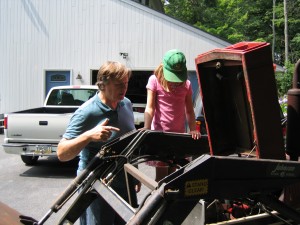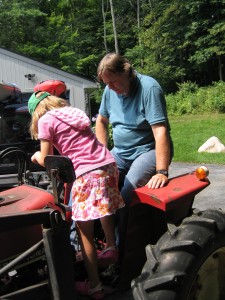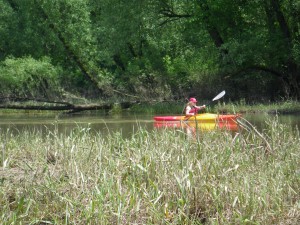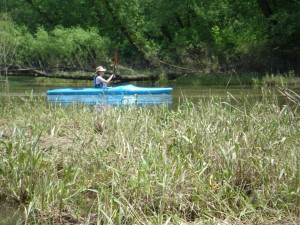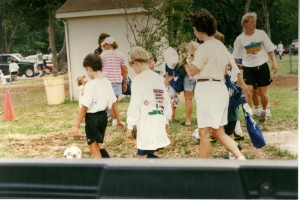June 20, 2011

We just returned from our annual river sojourn. It is like a family reunion.
For five years, we have been kayaking with the same group of folks plus some newcomers each year, growing the family to more than one hundred paddlers on the water together this year, plus nearly a dozen expert guides to shepherd us along the 60 miles of riverway.
 There really is nothing like the stretch of river that runs between Bedford and Saxton, Pennsylvania. This is called the Raystown branch of the Juniata River.
There really is nothing like the stretch of river that runs between Bedford and Saxton, Pennsylvania. This is called the Raystown branch of the Juniata River.
As you enter the Cypher area, you begin to feel the isolation… with literally no sounds of trains, highways, nothing but the beauty of rock cliffs on either side of you as you paddle along.
The outfitters were super in letting us stretch out between each other… In fact, the first paddlers in each night were an hour ahead of the last paddlers… One outfitter always assumed the ‘first’ position as the lead boat. Another outfitter always assumed the last position as a sweep boat…assuring that we were all in between them.
The rest spread out among us, assuring that there was assistance should it be needed. Because it isn’t all downhill moving water with gentle winds. There are some rapids along the way as well…  just to keep it interesting…
just to keep it interesting…
As part of the sojourn, meals are provided. Breakfast, lunch, and dinner were served on plates that made me chuckle as I thought about Michelle Obama’s ‘food pyramid’ plate. You may have seen that she advised that we start talking about and using pictures of a dinner plate to emphasize what healthy eating looks like. http://www.choosemyplate.gov/
For Michelle Obama’s plate, half the plate is devoted to fruits and vegetables, the other half to grains and protein. ….hmm, on the sojourn, a typical breakfast was 4 sausage links, a spoon of scrambled eggs, coffee, some fresh fruit, and a biscuit or other bread…. more than half was protein, one-fourth fruit if you really dipped into it, and if you took the bread–that finished the plate. Lunch was a sandwich, potato chips, and a cookie…sometimes, some fresh fruit. No–the sandwich did not have fresh vegetables on it. Dinner? Meat or casserole with meat, scalloped potatoes or pasta side dish, a roll and butter, cake or pie or ice cream…. So, my plate this week? 2/3 vegetables… just to balance it out a bit. 😉
 Access is everything. Access to health care. Access to education. Access to employment. Access to role models who walk the walk and talk the talk.
Access is everything. Access to health care. Access to education. Access to employment. Access to role models who walk the walk and talk the talk.


